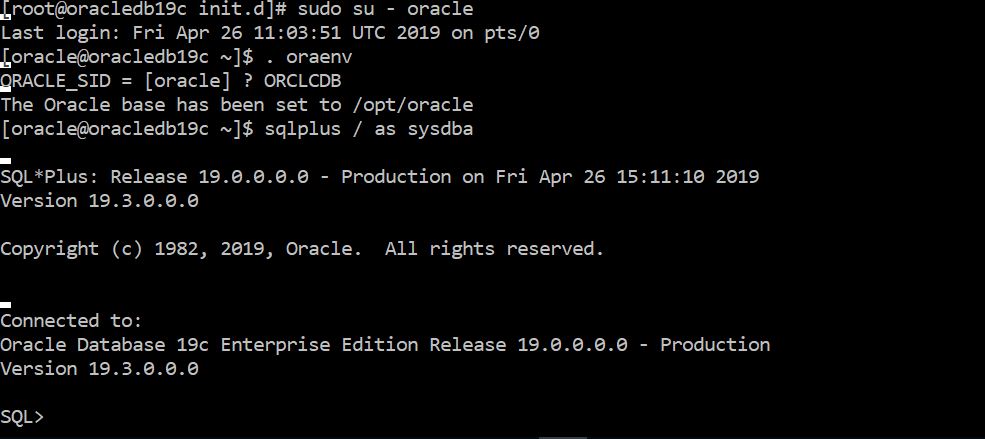

I prefer a clean environment for containers so I take advantage of Docker’s ARG to set values within the build instead of persisting them in the container’s environment. The installation response files and template response file aren’t needed, nor is a script to install the database binaries (at least the way I do it).įor my builds I manage the environment in the Dockerfile a little differently. Database creation, for example, is addressed in an init script installed as part of the RPM itself, so there’s no need for createDB.sh. Installing and creating a database is handled differently. In the third part I describe a method to merge multiple images together, creating containers with a low-version Oracle home and database (11g, 12c, 18c) running alongside a preconfigured 19c database home, ready for testing and practicing upgrades to Oracle 19c!īuilding images that take advantage of the RPM installer requires a departure from the builds offered in Oracle’s Docker repository. In the next installment I cover some of the other unique requirements for running Docker images that use the RPM-based installation.

I’ll also demonstrate how to apply a Release Update (RU) to the Oracle Home during the image build to produce a native Oracle 19.7 or 19.8 database. In this first part I show how to create a Dockerfile to build images that use the Oracle 19c RPM instead of the “traditional” method where the Oracle Home is unzipped into a target directory. This is the first in a multi-part series on building Docker images for Oracle 19c.


 0 kommentar(er)
0 kommentar(er)
